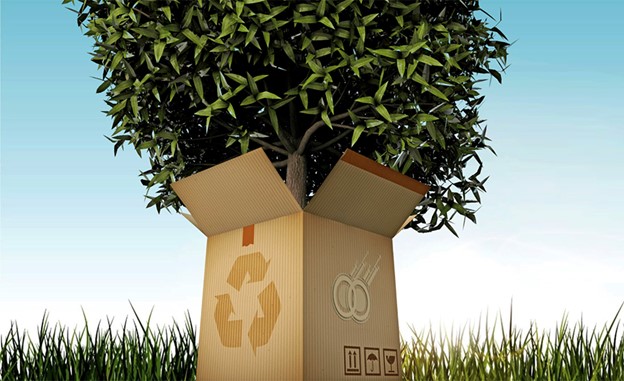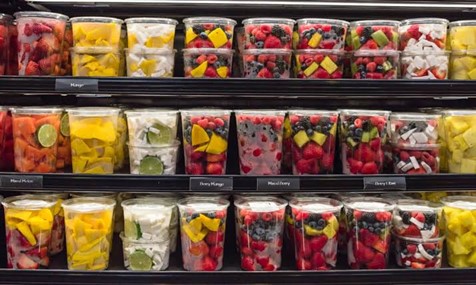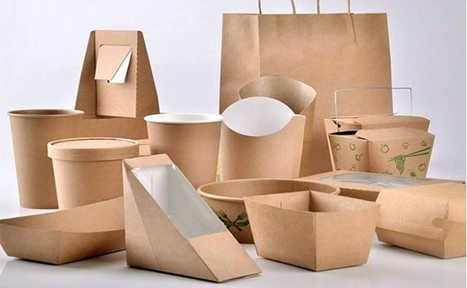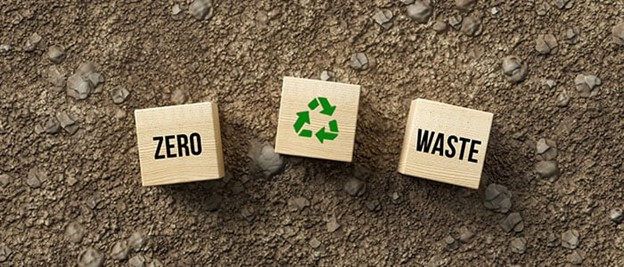Introduction
With the worldwide panic on climate change and the ozone layer’s depletion, sustainability has been increasingly used by numerous people in today’s much-needed times. One type of this is sustainable packaging, is becoming widely popular. Bio-based packaging and recycling have played an important role in the industry’s sustainability drive in recent years, and these materials will become more easily available as we move further into a new era of sustainability.
Sustainable packaging is becoming more common in markets such as China and India, and it is already trendy in developed countries. The cause is traced to India’s growing middle class, which is aware of the safety and environmental issues associated with the packaging industry. The National Green Tribunal (NGT) is assessing imposing a ban on the use of plastics for non-essential packaging. The ban has been contemplated as a response to various public interest litigations that have raised health and environmental concerns.

How did it begin?
The foundation for sustainable packaging was laid during the 1970s environmental movement. Americans commemorated their first Earth Day in 1970, and became aware of some of our environmental problems, such as pollution and littering, through various media outlets.
Where so many eco-friendly efforts are directed, plans to create plant-based bioplastics for packaging accelerated in 2009.
What is sustainable packaging?
Sustainability is incorporated with other influential trends to drive massive changes in consumer packaging, especially compliance and public concerns about single-use packaging waste. The issue is being addressed by regulators, and Fast-Moving Consumer Goods (FMCG) Companies and retailers have been taking bold steps to improve the sustainable development of their packaging while also fundamentally rethinking their packaging systems.
The influence on packaging adapters and their value addition will be significant, threatening the preservation of numerous players in the industry. The new landscape, on the other hand, might offer substantial growth and new partnership opportunities for packaging adapters only with the right focus and innovation capabilities to help users in modifying their packaging portfolios. Although customer expectations and compliance standards increase, converters will need to embrace sustainability issues more aggressively in the future.

Change is being driven by consumer awareness
Packaging is pervasive in our daily lives and helps to reduce organic waste and overall brand breakage by incorporating advanced convenience features2 at a low cost. The global packaging industry has grown rapidly over the last decade, owing to changes in substrate selection and the expansion of new end markets. The enhanced use of plastics to substitute other substrates and meet consumers’ demand for convenience is among the headline changes, but so is the industrial growth in China and other developing territories.
However, the widespread use of single-use packaging applications has imposed a significant environmental burden, and packaging waste management is an emergency caused by two underlying problems:
Recyclability of packaging: Today’s recycling systems cannot handle large amounts of packaging. This is particularly the case for multi-material packaging, which also currently presents a significant and unresolved recycling challenge.
Recycling of packaging and leakage: Plastic packaging recycling rates are relatively low. In the United States, for instance, waste is typically managed in a leak-free manner, and yet returns for packaging and food-service plastics are only about 28%. Throughout Europe, the reported recycling rate for plastic packaging was approximately 40%, compared to approximately 80% for paperboard and 75-80% for metal and glass. Even though the packaging market growth is outdoing global rates of growth, and waste-collection structures, let alone recycling, are not yet in position at the following levels, emerging regions (particularly Asia) seem to be under the most pressure.
Global leakage or mismanaged dump sites among all plastic supply chains (both durable and non-durable) are estimated to be around 19%, with only 16% of all plastic waste being reprocessed to make new plastics. In fact, despite plastics’ potential for reuse and recycling, the majority of global plastic waste is incinerated (25%) or disposed of in landfills (40%), implying that such materials are lost as a resource forever.
This has certainly gone undetected; public awareness of waste classification leakage, particularly waste generation, into the environment has grown substantially to an all-time high in the last 12-24 months. The shocking images of the impacts of ocean plastic pollution have sparked outrage among consumers all over the world.

How to optimize opportunities in sustainable packaging
Converters can best position themselves to help FMCG companies and retailers with sustainable packaging by recognizing:
FMCG producers will proceed to have to balance packaging cost efficiency with a high level of customer convenience, such as convenient packages and products intended for on-the-go consumption.
A rising product packaging or multilayer film can greatly increase shelf life and reduce the amount of food waste generated somewhere along the chain, but the packaging itself may be less recyclable. These examples show how different types of actions might not have the same impact on the numerous aspects of the sustainability footprint.
The degree to which various end-product groups are sensitive to sustainability will vary.
Cost concerns go beyond merely packaging material costs and conversion expenses, and technical and economic viability differs by application and regionally.
Any modification to the packaging’s composition or appearance has an impact on the overall branding plan.

Conclusion
The packaging industry’s new catchphrase is “sustainable packaging.” Sustainable concepts and eco-friendly packaging are at the forefront of advancement for packaging businesses worldwide. Currently, a prominent force is the diverse packaging solutions’ ecological impact and impact on the environment. Reduce, Reuse, and Recycle are the three Rs that can help conserve the environment.
The most recent technologies assist producers in designing and producing packaging that is user-friendly, environmentally beneficial, and appealing to consumers. The answer is sustainable packaging because it uses fewer resources and materials.
At the manufacturing level, there is less waste and reduced energy and water use. The reduction of carbon-based resources, minimization of waste, recycling, and energy conservation are the four elements of sustainability that have been established.
Written by Amna Lakdawala
Edited by Amna Lakdawala
